What Have We Learned About Pluto?
What Have We Learned About Pluto?
Earlier this year on July 14, our New Horizons spacecraft successfully flew by Pluto. During this encounter, it collected more than 1,200 images of the dwarf planet and tens of gigabits of data. The intensive downlinking of this information began on Sept. 5, and will continue for around a year. With the information being returned for the duration of a year, we still have a lot more to learn about Pluto. Here are a few things we’ve discovered so far:
Pluto’s Heart

An image captured by New Horizons around 16 hours before closest approach displays Pluto’s “heart”. This stunning image of one of the planet’s most dominate features shows us that the heart’s diameter is about the same distance as from Denver to Chicago. This image also showed us that Pluto is a complex world with incredible geological diversity.
Icy Plains

Pluto’s vast icy plain, informally called Sputnik Planum, resembles frozen mud cracks on Earth. It has a broken surface of irregularly-shaped segments, bordered by what appear to be shallow troughs. In other areas, the surface appears to be etched by fields of small pits that may have formed by a process called sublimation, which is when ice turns directly from solid to gas, just as dry ice does on Earth.
Majestic Mountains

Images from the spacecraft display chaotically jumbled mountains that only add to the complexity of Pluto’s geography. The rugged, icy mountains are as tall as 11,000 feet high.
Color Variations

This high-resolution enhanced color view of Pluto combines, blue red and infrared images taken by the New Horizons spacecraft. The surface of the dwarf planet has a remarkable range of subtle color variations. Many landforms have their own distinct colors, telling a complex geological and climatological story of the planet.
Foggy Haze and Blue Atmosphere

Images returned from the New Horizons spacecraft have also revealed that Pluto’s global atmospheric haze has many more layers than scientists realized. The haze even creates a twilight effect that softly illuminates nightside terrain near sunset, which makes them visible to the cameras aboard the spacecraft. Today, a new announcement was made about Pluto’s atmosphere after the most recent image returned from New Horizons showed that Pluto’s hazes are blue. The haze particles themselves are likely gray or red, but they way they scatter blue light has created this tint.
Water Ice

In another finding announced today, New Horizons has detected numerous small, exposed regions of water ice on Pluto. Scientists are eager to understand why water appears exactly where it does, and not in other places.
Stay updated on New Horizons findings by visiting the New Horizons page. You can also keep track of Pluto News on the New Horizons Blog.
Make sure to follow us on Tumblr for your regular dose of space: http://nasa.tumblr.com
More Posts from Smartler and Others
Seduce me with science puns










GERMANY: ILLUSTRATION: ROBERT RICHTER
Find Robert and MP on Facebook here and here.
New video on the Hubble Sequence! Had a lot of fun making this one, enjoy!


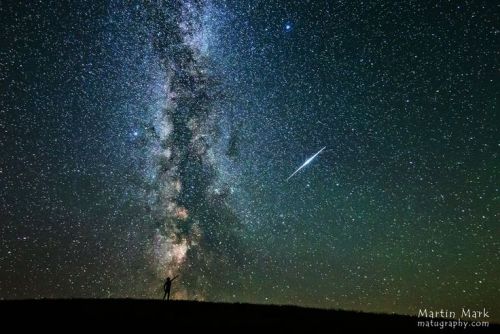




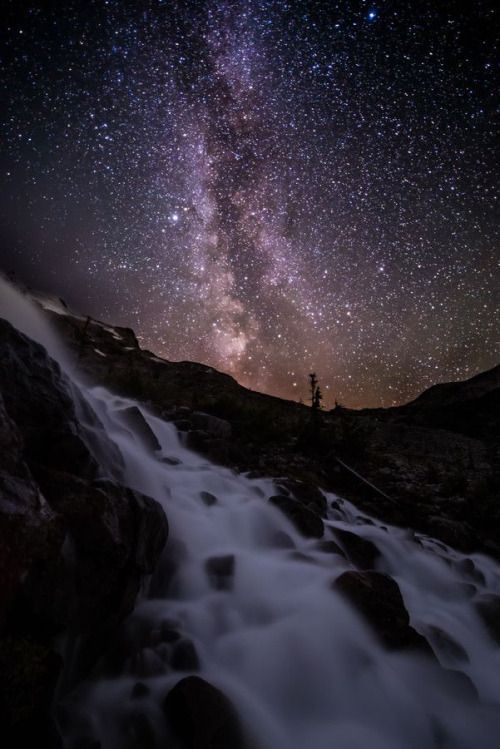


Possibly the best collection of images of the Milky Way from here on Earth ever!
If you don’t love the Milky Way Galaxy, you’re invited to leave!
LIFE WELL SPENT
I have watched 2:40 hours of pingu so far.
I am creating a compilation of every NOOT NOOT in the entire series.
I am destroying myself.
This is it so far.
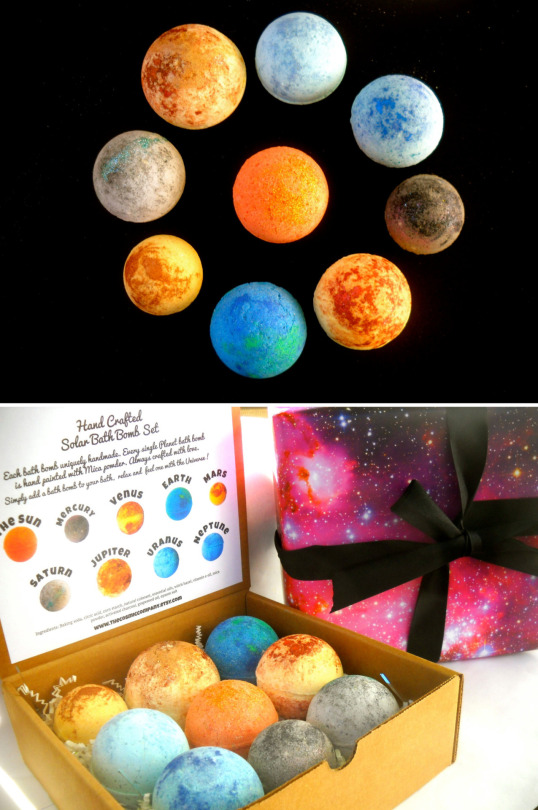
Solar Bath Bomb Set by The Cosmic Company
The Cosmic Company wants to turn bath time into a stellar fun experience! Drop one of these super fun bombs in the bath and be transported to a new galaxy. Enjoy the fun fizziness as the bath turns an exciting new color and the aromatherapy smells center and balance and detox you! These planet bombs are unlike anything you will ever find. Each gift set includes 9 beautiful hand crafted Planet bath bombs, that are hand painted with mica powder. Find more stuff in their Etsy shop!
View similar posts here!

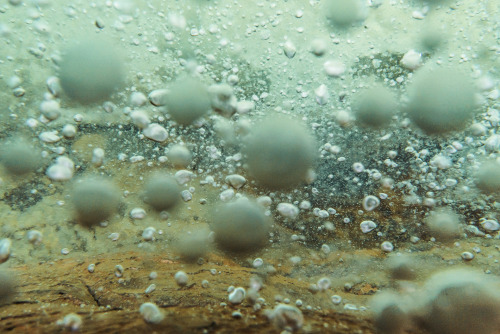



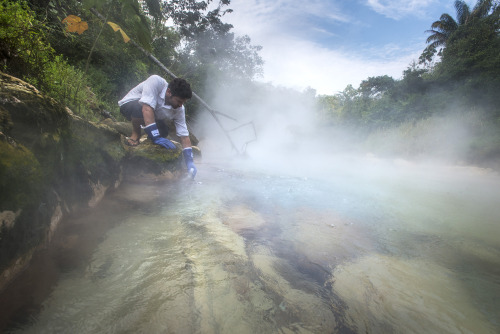
Geologist Andrés Ruzo first heard about the boiling river as child, but it was always thought of as mythical. It was considered “a place of spirits.” But when Ruzo’s aunt insisted a boiling river existed in Peru, he set out to find it. Now, Ruzo is the first scientist to be given the blessing of the local shaman to study the boiling river. Ruzo talks about the mysterious nature of the boiling river on the latest episode of the TED Radio Hour.
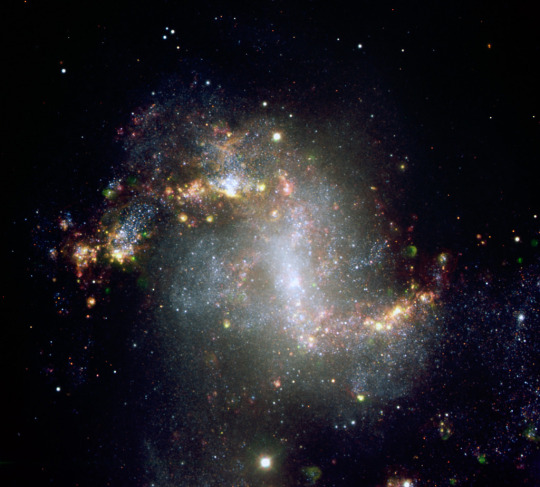
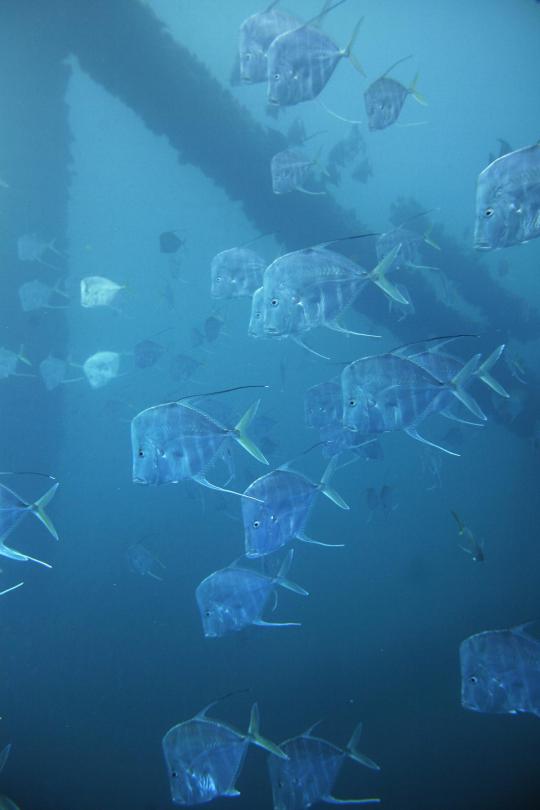
Scientists have solved a longstanding mystery about how some fish seem to disappear from predators in the open waters of the ocean, a discovery that could help materials scientists and military technologists create more effective methods of ocean camouflage.
In a paper published this week in Science, a team led by researchers at The University of Texas at Austin reports that certain fish use microscopic structures called platelets in their skin cells to reflect polarized light, which allows the fish to seemingly disappear from their predators.
Polarized light is made up of light waves all traveling in the same plane, such as the bright glare you sometimes see when sunlight reflects off the surface of water.
Under the surface of the water, light tends to be polarized. Many fish—and sophisticated modern satellites—have the ability to detect variations in such polarized light.
“Fish have evolved the means to detect polarized light,” said Molly Cummings, professor of integrative biology in the College of Natural Sciences. “Given that, we suggested they’ve probably evolved the means to hide in polarized light. If we can identify that process, then we can improve upon our own camouflage technology for that environment.”
Whether it’s a predator pursuing a fish or a satellite seeking an adversary, light patterns help with detection of targets in the the open ocean in three ways: through brightness contrast, color contrast and polarization contrast. Of the three, polarization contrast is considered most effective for detection in the open ocean.
Continue Reading.




Interview: Stunning Vertical Panoramas of Churches by Richard Silver
-
 annahpmn8 liked this · 8 months ago
annahpmn8 liked this · 8 months ago -
 majesticleon liked this · 1 year ago
majesticleon liked this · 1 year ago -
 chanzero liked this · 1 year ago
chanzero liked this · 1 year ago -
 feech reblogged this · 2 years ago
feech reblogged this · 2 years ago -
 feech liked this · 2 years ago
feech liked this · 2 years ago -
 austinwehaveaproblem reblogged this · 2 years ago
austinwehaveaproblem reblogged this · 2 years ago -
 arocrows42 reblogged this · 2 years ago
arocrows42 reblogged this · 2 years ago -
 arocrows42 liked this · 2 years ago
arocrows42 liked this · 2 years ago -
 lovelyyellowdress liked this · 2 years ago
lovelyyellowdress liked this · 2 years ago -
 tt-squid reblogged this · 3 years ago
tt-squid reblogged this · 3 years ago -
 espectrode-luz liked this · 6 years ago
espectrode-luz liked this · 6 years ago -
 thelostlenoir reblogged this · 6 years ago
thelostlenoir reblogged this · 6 years ago -
 phootyraskel reblogged this · 6 years ago
phootyraskel reblogged this · 6 years ago -
 hoolahoopsmcgee reblogged this · 6 years ago
hoolahoopsmcgee reblogged this · 6 years ago -
 hoolahoopsmcgee liked this · 6 years ago
hoolahoopsmcgee liked this · 6 years ago -
 replicant1955 liked this · 6 years ago
replicant1955 liked this · 6 years ago -
 angelic-girl liked this · 6 years ago
angelic-girl liked this · 6 years ago -
 kindwarrior liked this · 6 years ago
kindwarrior liked this · 6 years ago -
 dragonkinglover liked this · 6 years ago
dragonkinglover liked this · 6 years ago -
 a-golden-bear reblogged this · 6 years ago
a-golden-bear reblogged this · 6 years ago -
 a-golden-bear liked this · 6 years ago
a-golden-bear liked this · 6 years ago -
 nyzale liked this · 6 years ago
nyzale liked this · 6 years ago